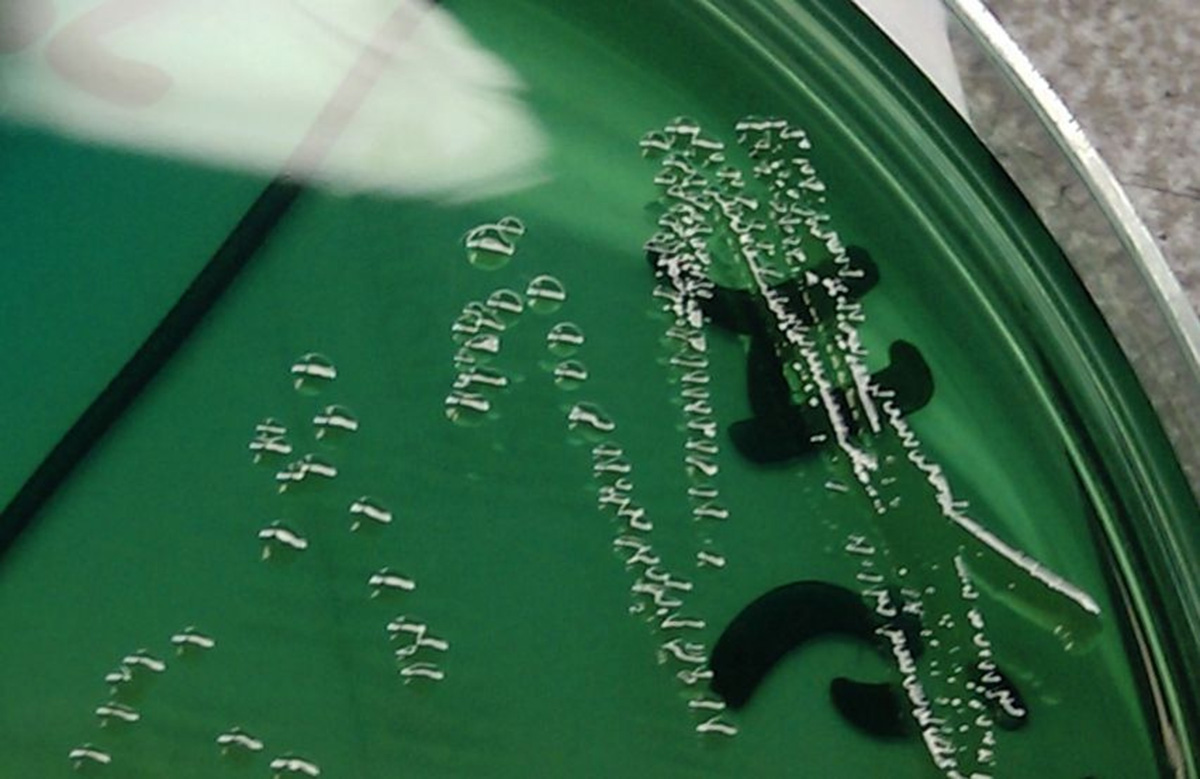Table of Contents
What is Shigellosis?
Shigellosis, an infectious disease, gets its name from the group of bacteria that cause it – Shigella. It is basically an acute infection of the intestinal lining. The infection may be mild or extremely severe, which may require hospitalization.

Shigellosis is also known as Shigella enteritis, Shigella gastroenteritis, Gastroenteritis – shigella, and Enteritis – shigella.
The Causative Agent: Shigella
Shigella is from the family of bacteria that are involved in causing intestinal infections and diarrhea in humans. These microbes get their name from the Japanese scientist Shiga, who discovered them about hundred years ago.
Several strains of Shigella exist in the environment. These include:
- Shigellosis flexneri (Group B Shigella): Accounts for many cases of Shigellosis.
- Shigella sonnei (Group D Shigella): This strain is responsible for more than two-thirds of Shigellosis cases in the United States.
- Shigella dysenteriae type 1: May cause disastrous epidemics and is common in developing countries.
Transmission of Shigella – Causes of Shigellosis
Shigellosis, being a contagious disease, is contracted through the spread of the bacterium from an infected to a healthy person. The bacteria are present in the feces of infected people. The period of sickness and a week or two after recovery are highly dangerous. Shigellosis may be caused in the following ways:
Majority of Shigellosis outbreaks are caused as a result of poor basic hygiene. The bacterium may reach the mouth of an uninfected person through soiled hands that have not been thoroughly washed after passing or cleaning stool.
An infection may be contracted by consuming food that has been contaminated by an unhygienic food handler. Flies may also contaminate food by sitting on it if they have previously sat on infected feces.
Fields irrigated with sewage may produce vegetables and fruits that are contaminated with the bacterium. Water may also become contaminated with Shigella as a result of poor sanitation practices. An infectious person swimming in a pool may contaminate it as well.
Settings Which Pose a Major Risk for Shigellosis
People working with toddlers who are not toilet-trained, in developing or under-developed countries, in refugee camps, and in crowded areas are at a major risk of Shigellosis.
See Also: Stomach Virus: Vomiting and Diarrhea Treatment
Symptoms of Shigellosis
Symptoms of the disease are not usually sudden in onset. A person normally starts exhibiting symptoms after about three days to a week. These may be:
- Watery diarrhea
- Dehydration
- Nausea & vomiting
- Mild to moderate fever
- Sudden abdominal discomfort
- Rectal pain
- Mucus, blood, or pus in stool
A point to remember: Not only Shigellosis, but many other gastrointestinal microorganism are known to cause the same symptoms. It is a better idea not to treat yourself for the infection without knowing the causative agent. Paying a short visit to your family doctor can be very useful. This is because taking the wrong treatment may worsen your symptoms.
- Photo courtesy of isis325 by Flickr : www.flickr.com/photos/92708411@N07/8564368661
- Photo courtesy of Calleamanecer by Wikimedia Commons : en.wikipedia.org/wiki/Intravenous_therapy#mediaviewer/File:ICU_IV_1.jpg


Your thoughts on this